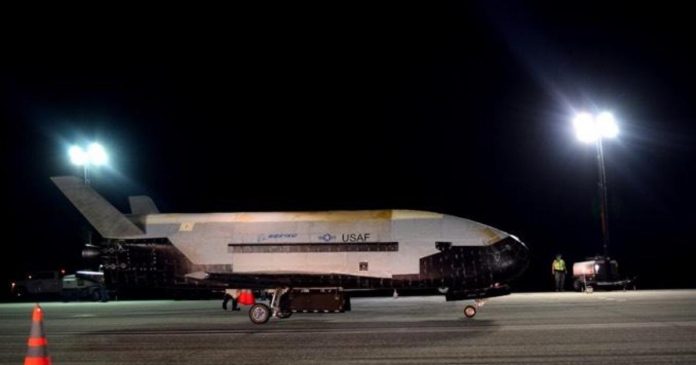The US Boeing X-37B unmanned reusable spaceplane landed on Sunday at the Kennedy Space Center after spending record 780 days in space, during which it put a number of small satellites into orbit, the US Air Force said.
“The sky is no longer the limit for the Air Force and, if Congress approves, the US Space Force,” Air Force Chief of Staff Gen. David L. Goldfein said, celebrating another milestone in the clandestine project’s development.
The project initially began as a NASA study into the development of cost-savvy reusable space shuttles, but has since has expanded significantly, turning into a top-secret military project.
First X-37B OTV-5 landing images are coming in… #X37B #OTV5 pic.twitter.com/d0a8fcWmFQ
— DutchSpace (@DutchSpace) October 27, 2019
There have been rumors that the mission might evolve around helping the Air Force to design some sort of futuristic reconnaissance technology such as micro spy satellites able to “vanish” in the blink of an eye.
The Air Force’s statement, although not giving much detail as to the nature of the many experiments performed by the X-37B, only fueled such speculation.
“This mission successfully hosted Air Force Research Laboratory experiments, among others, as well as providing a ride for small satellites,” Randy Walden, Air Force Rapid Capabilities Office director, said in the statement.
“The distinctive ability to test new systems in space and return them to Earth is unique to the X-37B program and enables the US to more efficiently and effectively develop space capabilities necessary to maintain superiority in the space domain.”
The mission was launched on 7 September, 2017, from Cape Canaveral with the Space X Falcon 9 booster. That was the second landing of the X-37B: during the previous mission it spent 718 days in orbit. The start of the next mission is scheduled for 2020.















